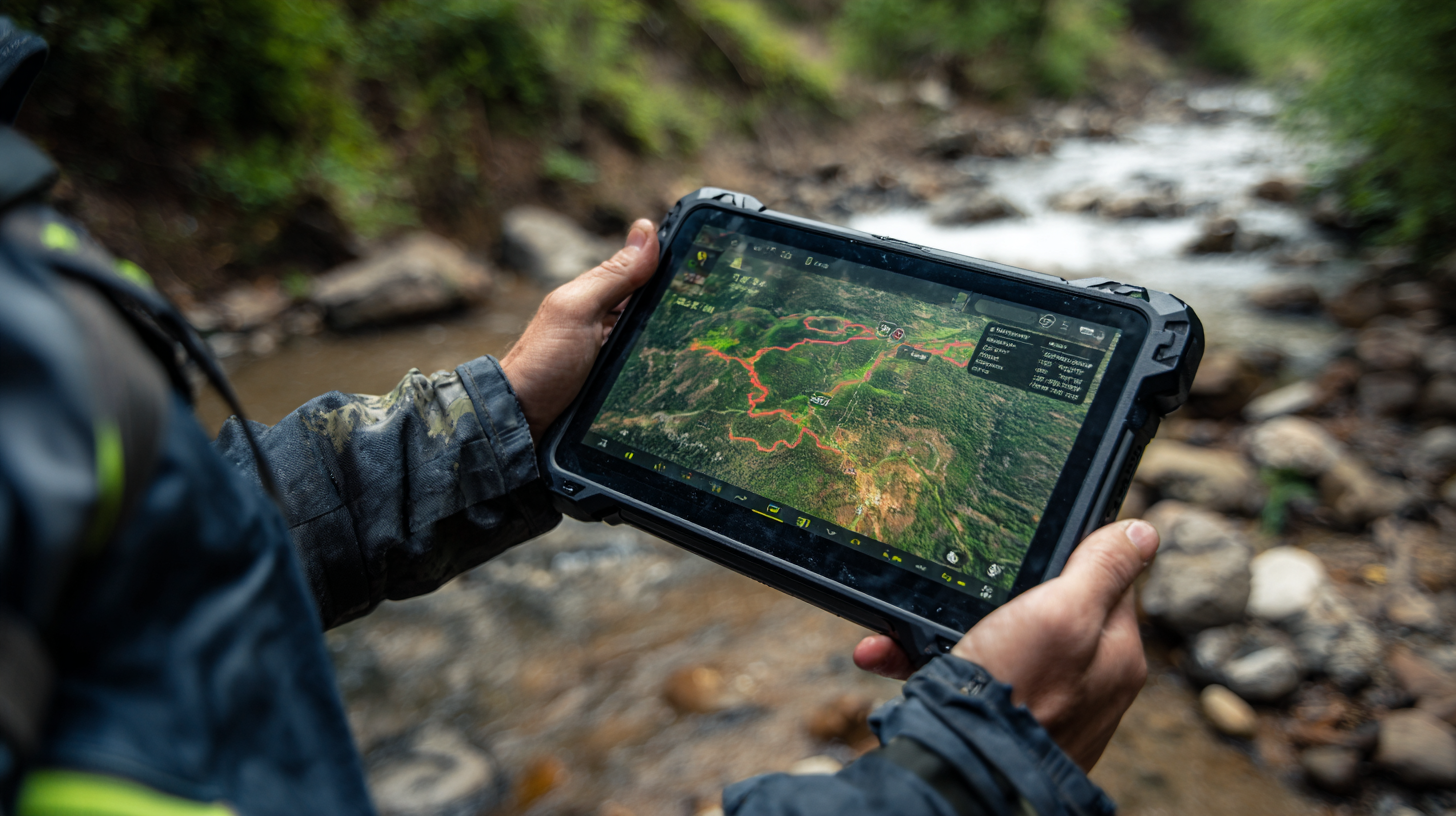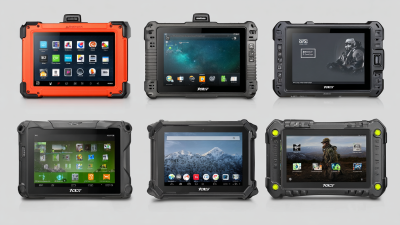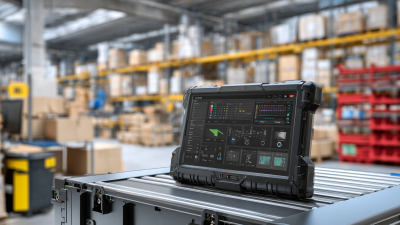Exploring the Durability: How Android Rugged Tablets Stand Up to Harsh Environments
In an era where technology must withstand the rigors of demanding environments, Android Rugged Tablets have emerged as a critical solution for various industries ranging from construction to field service. According to a report by IDC, the rugged tablet segment is projected to grow by over 10% annually due to increased adoption in industries prioritizing durability and efficiency. This surge can be attributed to the tablets' ability to operate under extreme temperatures, resist dust and moisture, and survive drops and shocks, all while maintaining high-performance capabilities. As organizations increasingly rely on mobile technology to enhance productivity in challenging conditions, understanding the durability features and real-world performance of Android Rugged Tablets becomes essential for ensuring operational success and employee safety.
Understanding the Key Features of Android Rugged Tablets for Tough Environments
When assessing the capabilities of Android rugged tablets in challenging conditions, several key features emerge that enhance their robustness. Notably, these devices are typically designed to withstand extreme temperatures, humidity, and impacts. According to a report from VDC Research, rugged tablets can endure temperatures ranging from -20°C to 60°C, making them suitable for both freezing and sweltering environments. Furthermore, the ingress protection (IP) ratings for these tablets usually fall between IP65 and IP68. This means they are dust-tight and can be submerged in water for extended periods, providing critical durability for outdoor and industrial applications.
Another significant aspect to consider is the structural design of rugged tablets. Many models incorporate reinforced enclosures and shock-absorbing materials that comply with military-grade standards such as MIL-STD-810G. This ruggedness ensures that these devices can survive drops from up to 1.8 meters or 6 feet. According to a study by IDC, the demand for rugged mobile devices has surged, with the market expected to grow at a CAGR of 6.5% over the next five years, driven by increasing needs in sectors like construction, logistics, and first responders. These statistics underscore the importance of robust design and advanced features in Android rugged tablets, making them essential tools for professionals operating in tough environments.
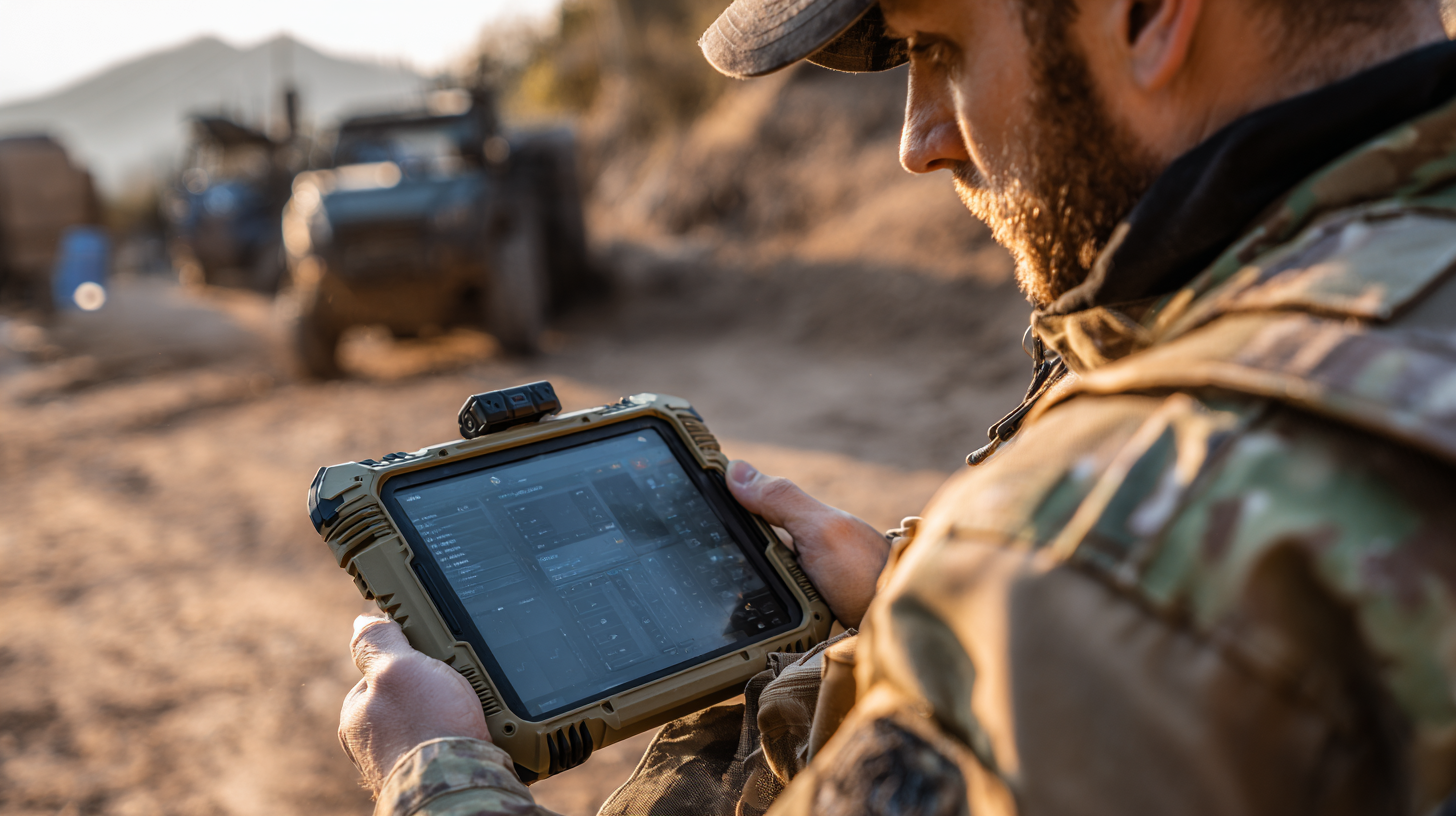
Top Industries Benefiting from Durable Android Rugged Tablets
In industries where exposure to harsh environments is a daily norm, the demand for durable Android rugged tablets has skyrocketed. These devices are not only designed to withstand extreme conditions but also optimized for high performance. A recent report highlights that over 70% of field professionals in construction and logistics rely on rugged tablets that can endure water, dust, and shock, enhancing operational efficiency and safety. The Cedar CT7 tablet, for example, has emerged as a cost-effective solution, proving that ruggedness doesn’t have to come at a premium.
The applications for these tablets span various sectors. In public safety, rugged tablets facilitate real-time data access for first responders, allowing them to make informed decisions on the spot. Additionally, industries like oil and gas benefit from tablets designed to thrive in both temperature extremes and volatile conditions. With features that include extended battery life and bright displays for outdoor visibility, these rugged devices ensure that field workers remain connected and productive, regardless of environmental challenges. As technology continues to advance, the integration of durable tablets into critical industries will likely continue to grow, further solidifying their importance.
Comparative Analysis: Rugged Tablets vs. Standard Tablets in Extreme Conditions
When it comes to utilizing technology in extreme environments, the choice between rugged tablets and standard tablets is pivotal. Rugged tablets are specifically designed to endure harsh conditions such as extreme temperatures, moisture, and physical impacts. For example, many rugged models feature reinforced casings and are often certified to meet military standards for durability. This ensures they can withstand drops, vibrations, and exposure to dust and water, making them ideal for fieldwork in industries like construction, manufacturing, and emergency services.
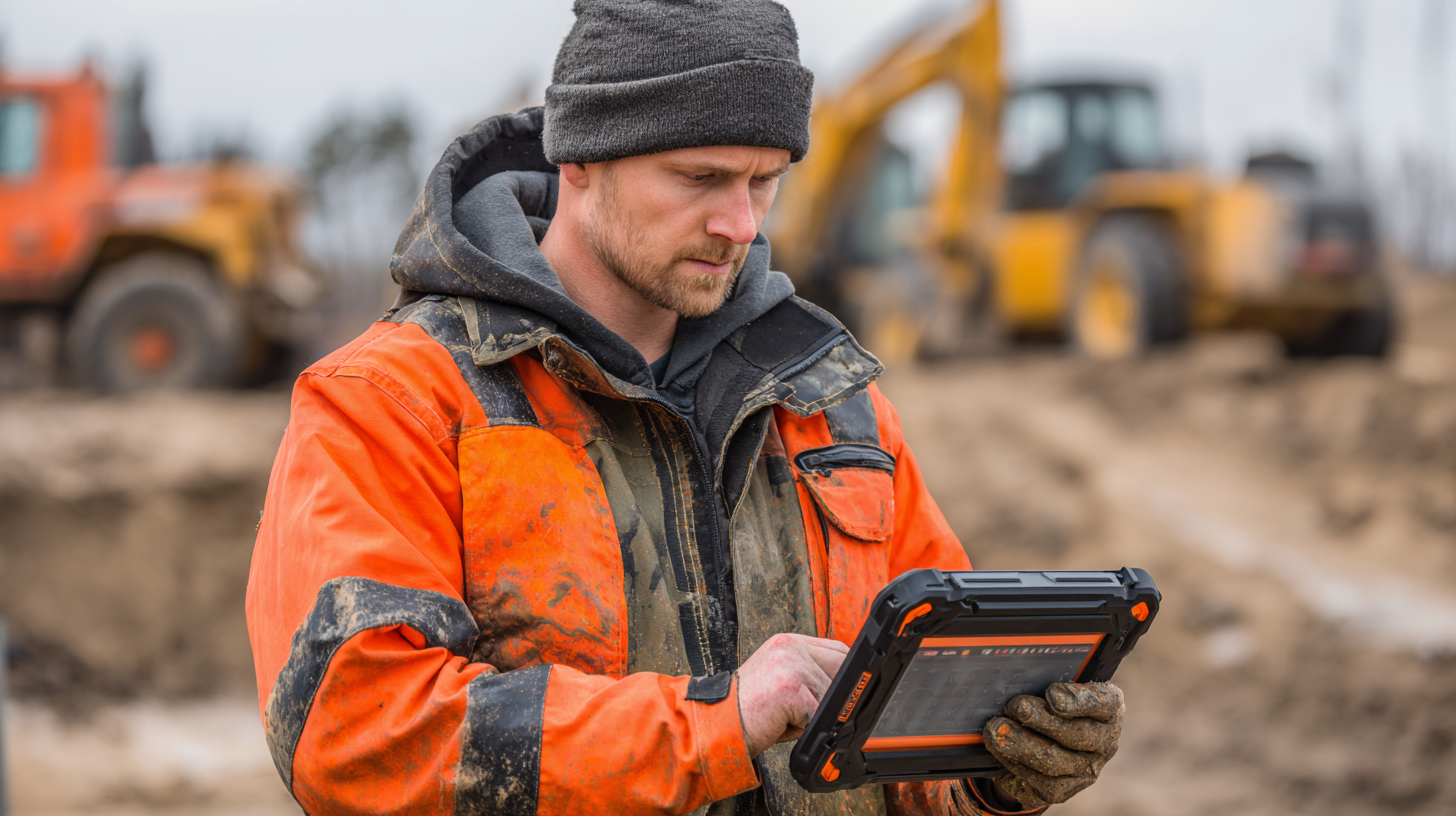
On the other hand, standard tablets, while lightweight and portable, typically lack the robust protection required for challenging environments. They are more vulnerable to damage from drops or spills, and their performance can degrade in extreme heat or cold. In settings where reliability is crucial, such as during search-and-rescue operations or in remote locations, rugged tablets offer a distinct advantage, providing users with peace of mind that their devices can handle the rigors of their surroundings without compromising functionality.
Maintenance Tips to Extend the Life of Your Rugged Android Tablet
When it comes to rugged Android tablets, proper maintenance is key to ensuring their longevity and performance in harsh environments. Following comprehensive maintenance tips can help users extend the lifespan of their devices significantly. One of the most effective practices is to regularly clean the tablet’s exterior, especially if it has been exposed to dust or water. Keeping the ports free from debris is also crucial, as it prevents connectivity issues and potential damage.
Another important aspect of maintaining a rugged Android tablet is software optimization. Regularly updating the operating system and apps not only enhances functionality but also addresses security vulnerabilities. Additionally, managing storage by deleting unnecessary files can prevent slow performance and ensure that the device runs smoothly. Utilizing power-saving modes and adjusting settings can also help preserve battery life, making the tablet reliable for extended use in challenging work environments. By incorporating these practices into a routine, users can maximize their rugged tablet’s durability and efficiency.
Real-World Case Studies: Successful Use of Rugged Tablets in the Field
Rugged tablets are increasingly proving their worth in various demanding environments, as highlighted by real-world case studies that showcase their resilience and efficiency. For instance, in the construction industry, a major company adopted rugged tablets to assist field workers in logging project data, communicating with supervisors, and accessing blueprints on site.
These tablets withstood harsh weather conditions, including heavy rain and extreme dust, which often impair regular devices. The use of rugged tablets not only improved productivity but also significantly reduced the downtime caused by equipment failures.
Similarly, in the field of logistics, delivery services turned to rugged tablets to streamline their operations. In one case, a logistics firm equipped its drivers with these durable devices to facilitate real-time tracking and inventory management in warehouses.
The rugged tablets’ long battery life and ability to resist physical impacts resulted in fewer accidents and enhanced driver efficiency. By providing a reliable solution that remained operational in various conditions, rugged tablets have proven to be indispensable tools for organizations operating in extreme environments, where traditional devices would likely falter.

Home
Products
Solutions
MDM Software
Blog
OEM/ODM
About Us
About 3Rtablet
Quality Control
Contact Us
News
New Product Launch: 3R Rugged Tablet PC: AT-10AL—Powerful Customization with Yocto System
3Rtablet: Enhancing Your Off-Road Adventures,Your Ultimate Off-Road Companion
3Rtablet: Powering Productivity in Construction and Agriculture
Choosing Your Ideal Linux Rugged Tablet: Why Opt for Yocto?
Choosing Your Ideal Linux Rugged Tablet: Why Opt for Debian?
Yocto VS Debian - Choosing Between Yocto and Debian
GMS Certified Android Device: Ensuring Compatibility, Security and Rich Functions
New Arrivals: Rugged Android 12.0 or Linux Yocto OS Vehicle Telematics Box for Vehicle Applications in Various Sectors
Rugged Tablet For Taxi Dispatch
Rugged Driver Tablets Revolutionize Safety and Efficiency in Mining Operations
Rugged In-Vehicle Tablets Power the Growth of IoT Revolution in Modern Industries
FAQs
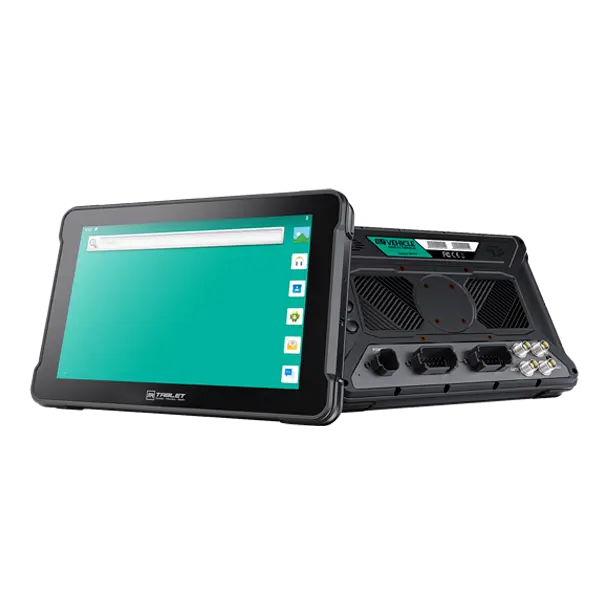 AT-10A
AT-10A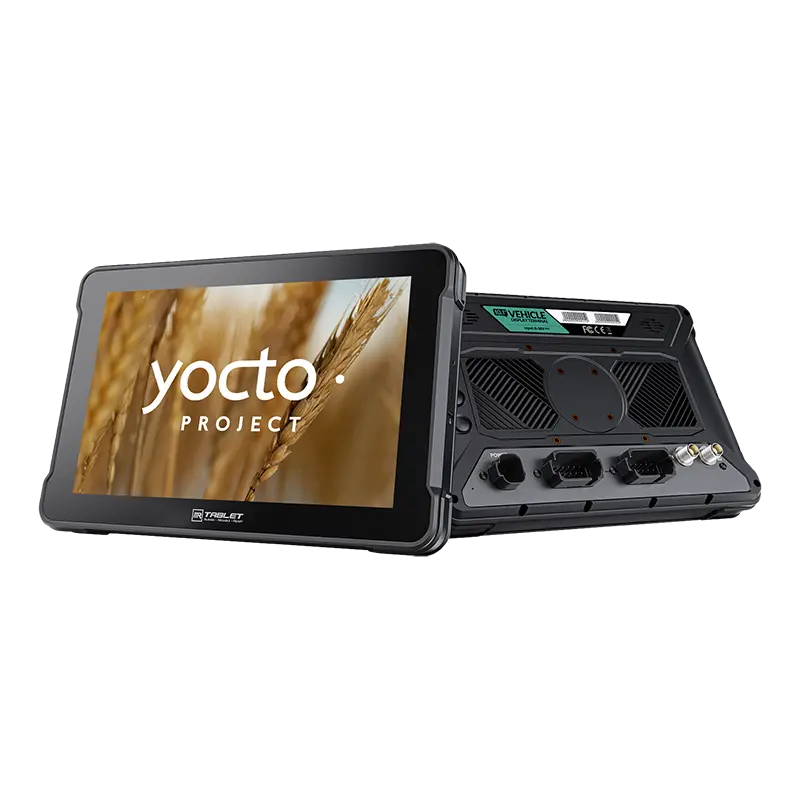 AT-10AL
AT-10AL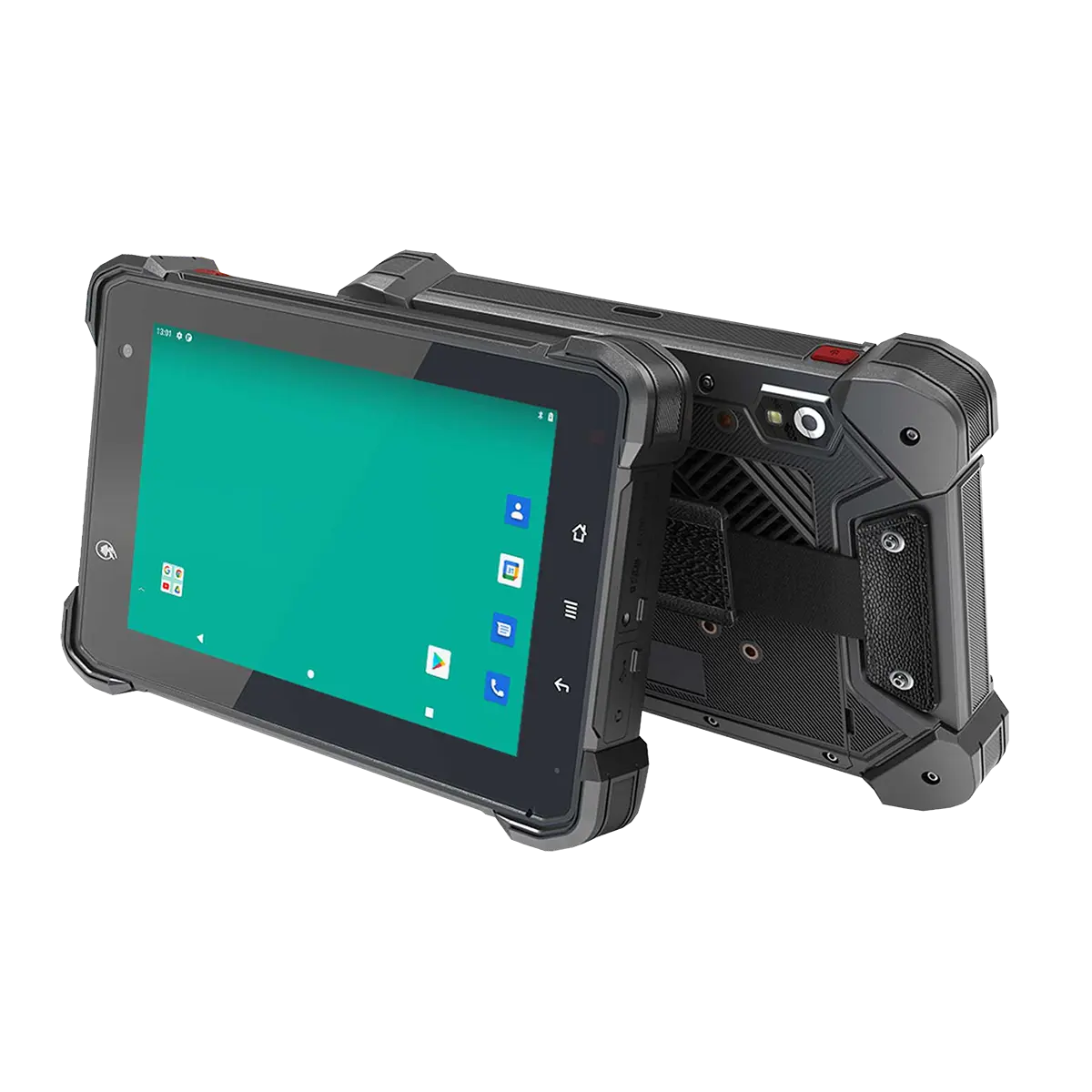 VT-7 GA/GE
VT-7 GA/GE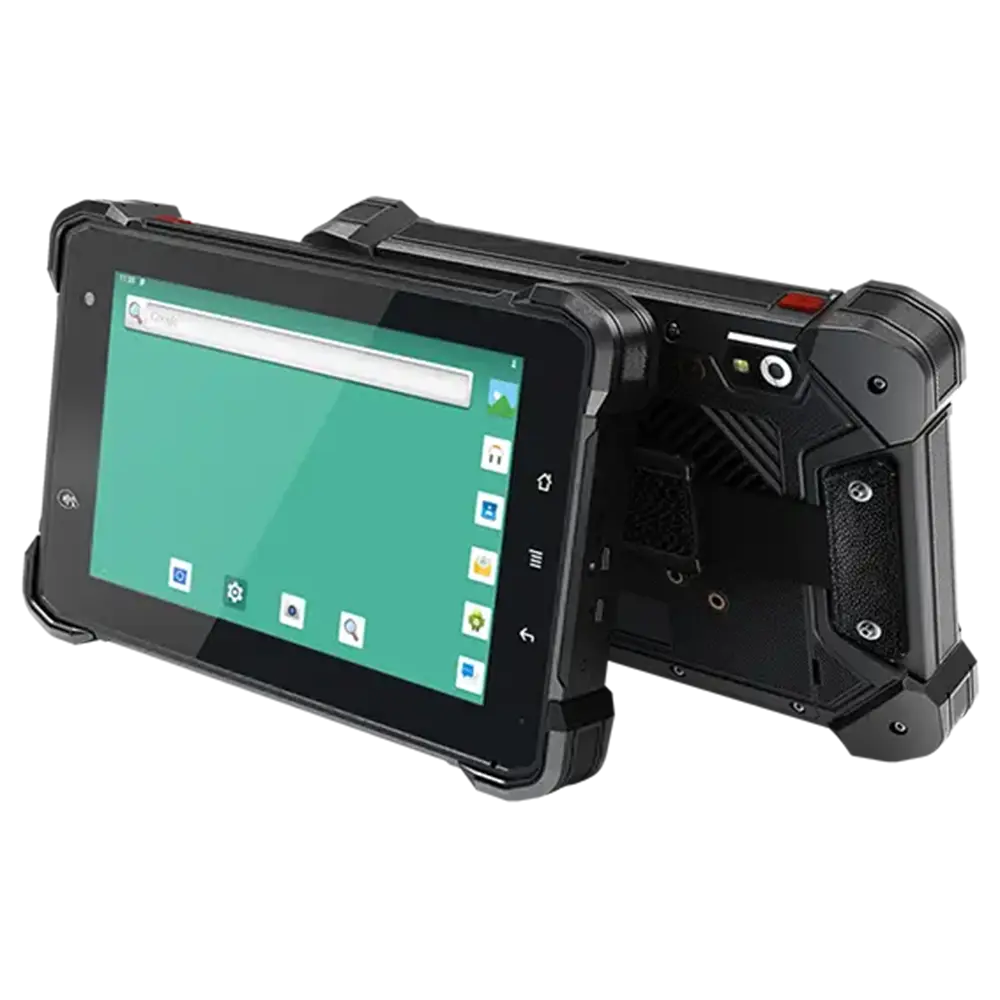 VT-7 Pro
VT-7 Pro VT-7 PRO (AHD)
VT-7 PRO (AHD)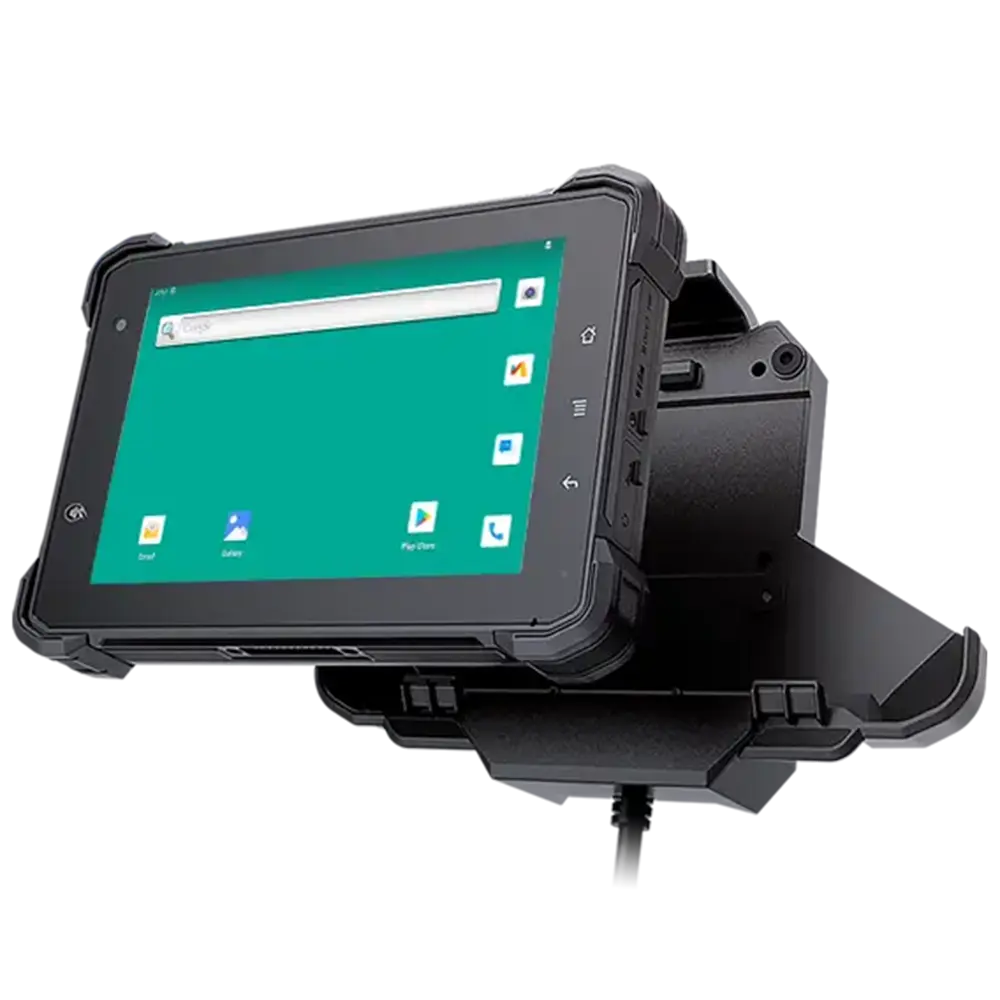 VT-7A
VT-7A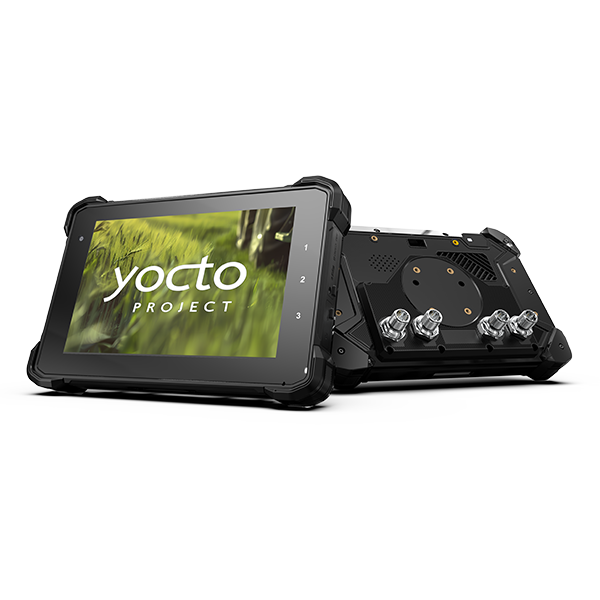 VT-7AL
VT-7AL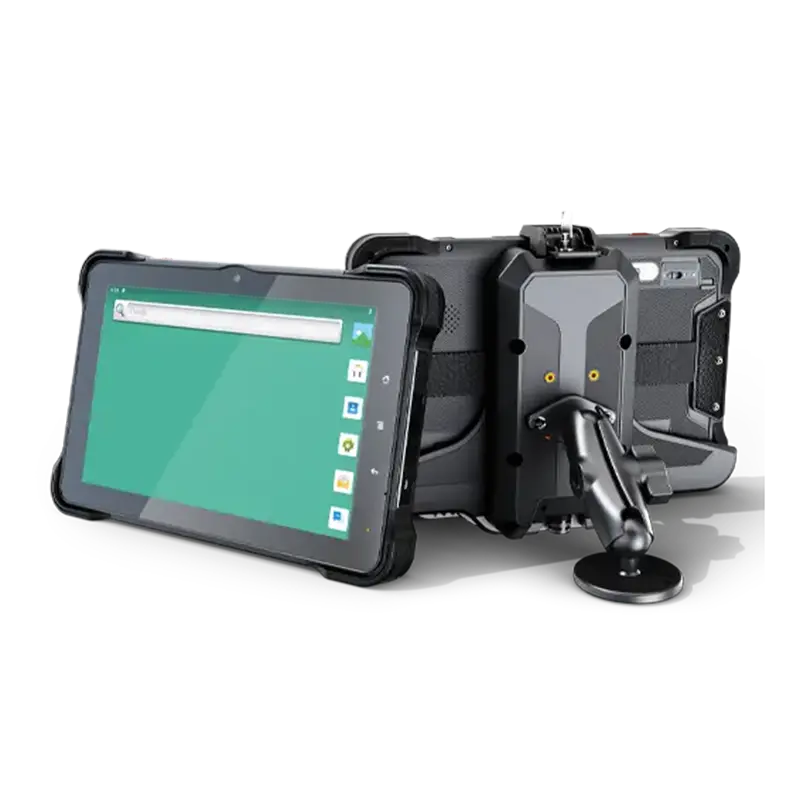 VT-10
VT-10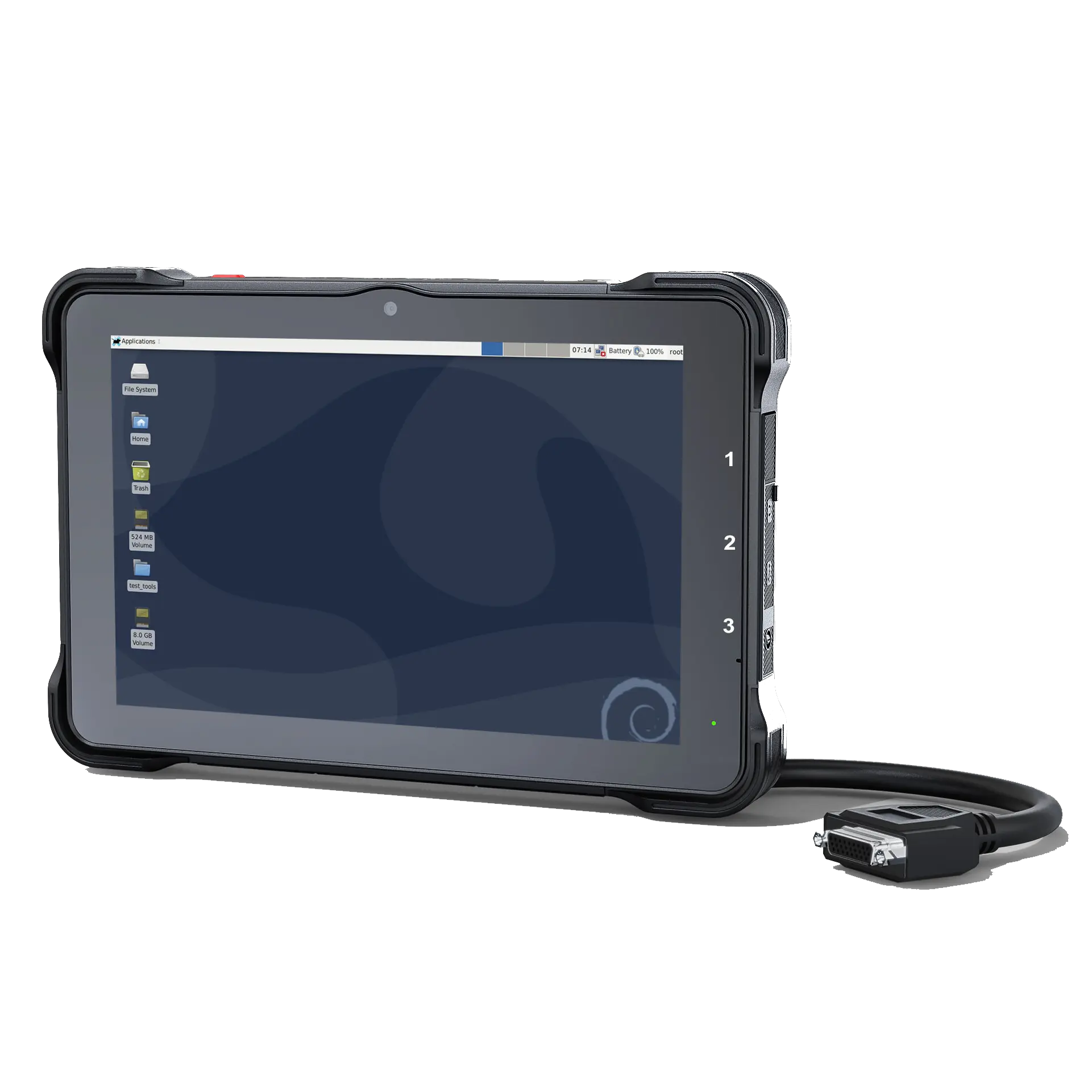 VT-10 IMX
VT-10 IMX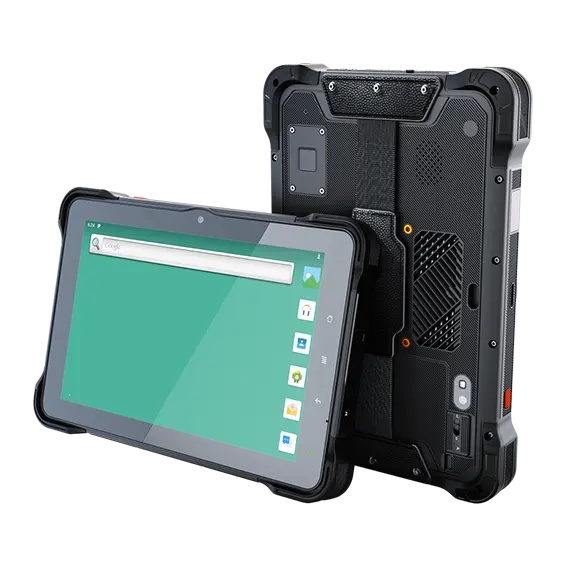 VT-10 Pro
VT-10 Pro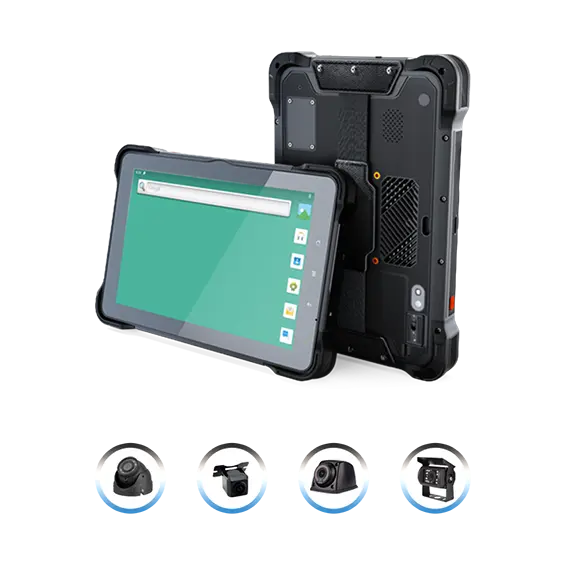 VT-10 Pro AHD
VT-10 Pro AHD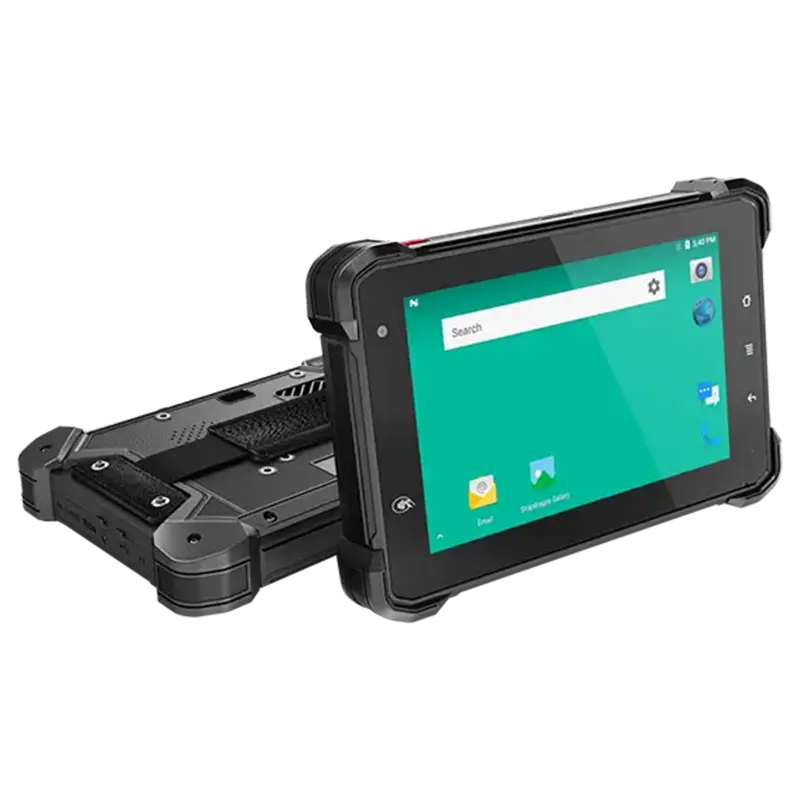 VT-7
VT-7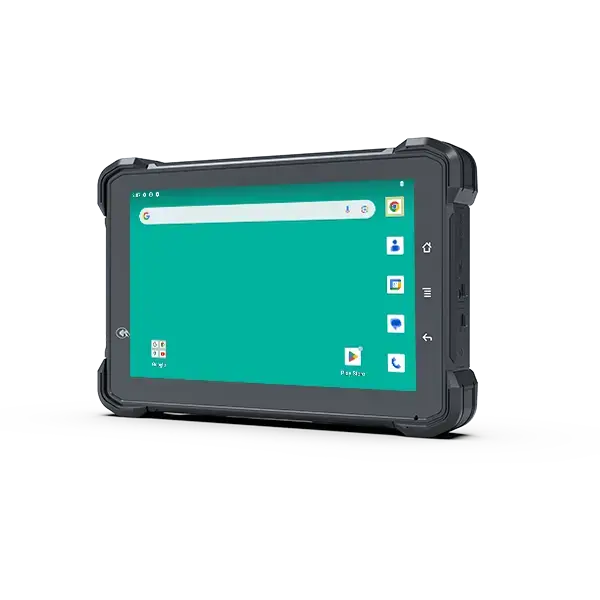 VT-7A PRO
VT-7A PRO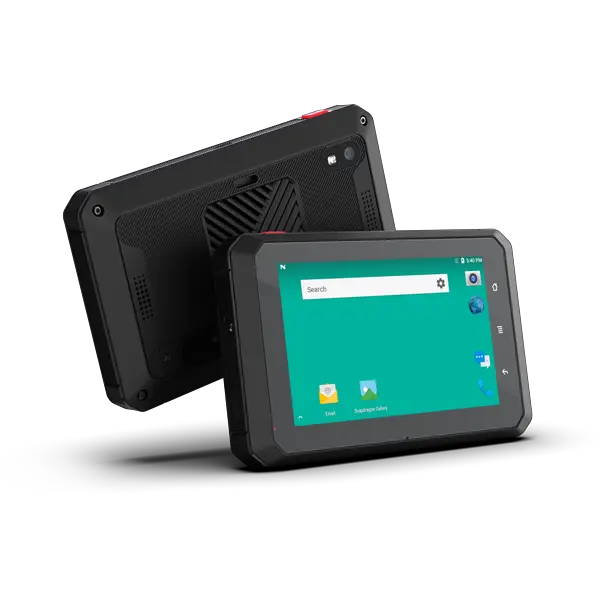 VT-5A
VT-5A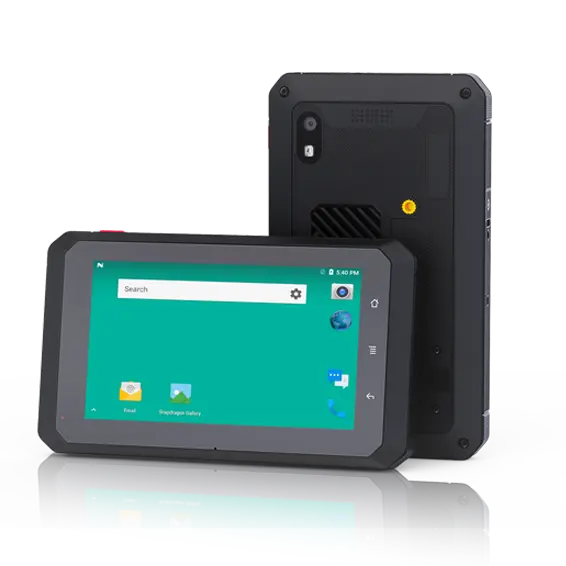 VT-5
VT-5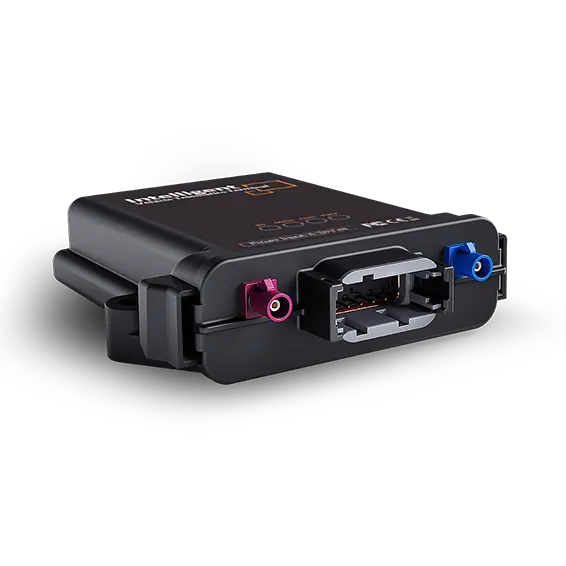 VT-BOX
VT-BOX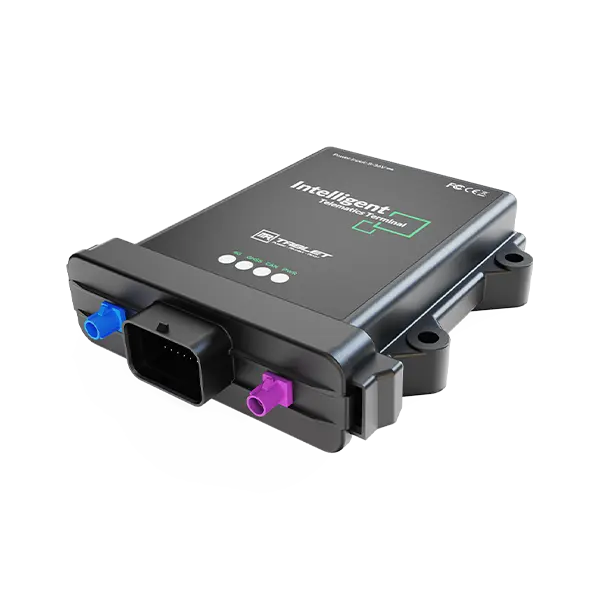 VT-BOX-II
VT-BOX-II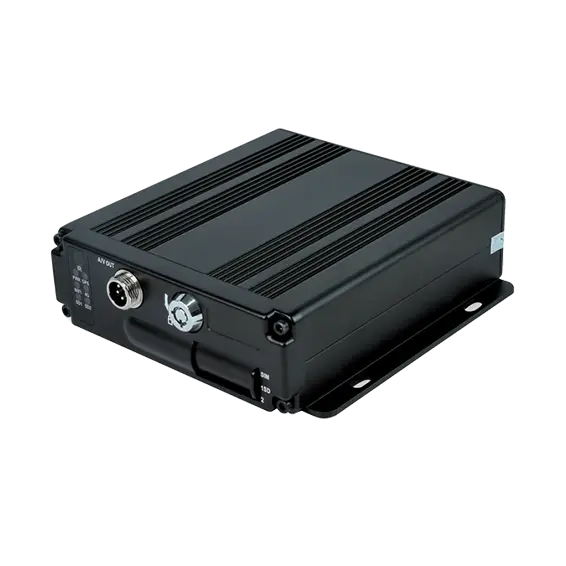 AI-MDVR040
AI-MDVR040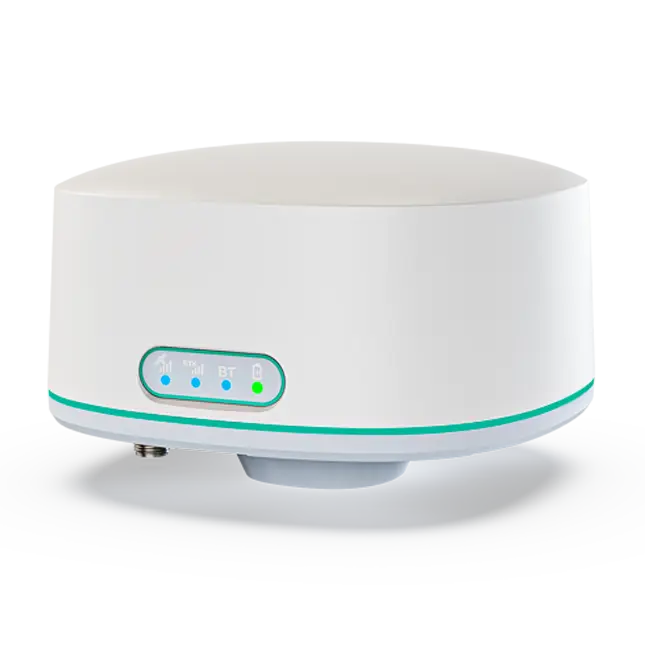 AT-B2
AT-B2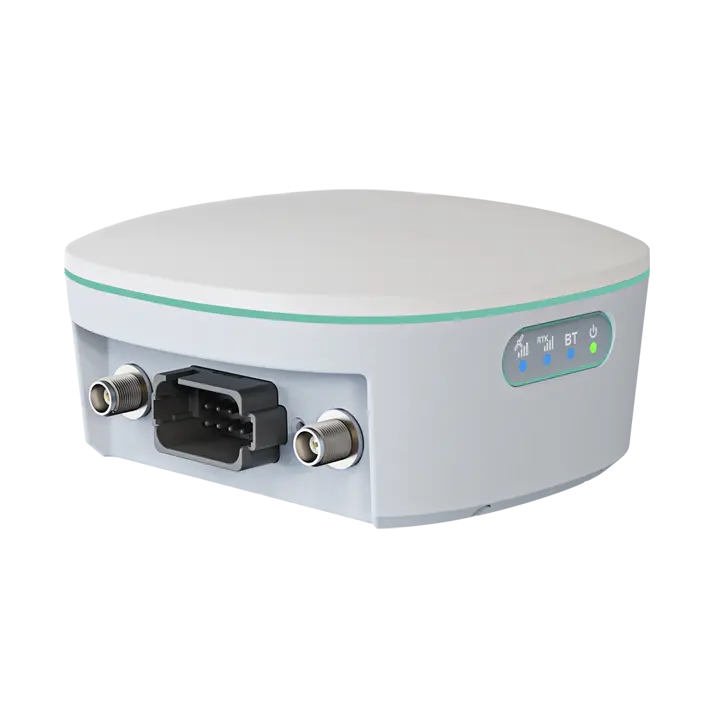 AT-R2
AT-R2